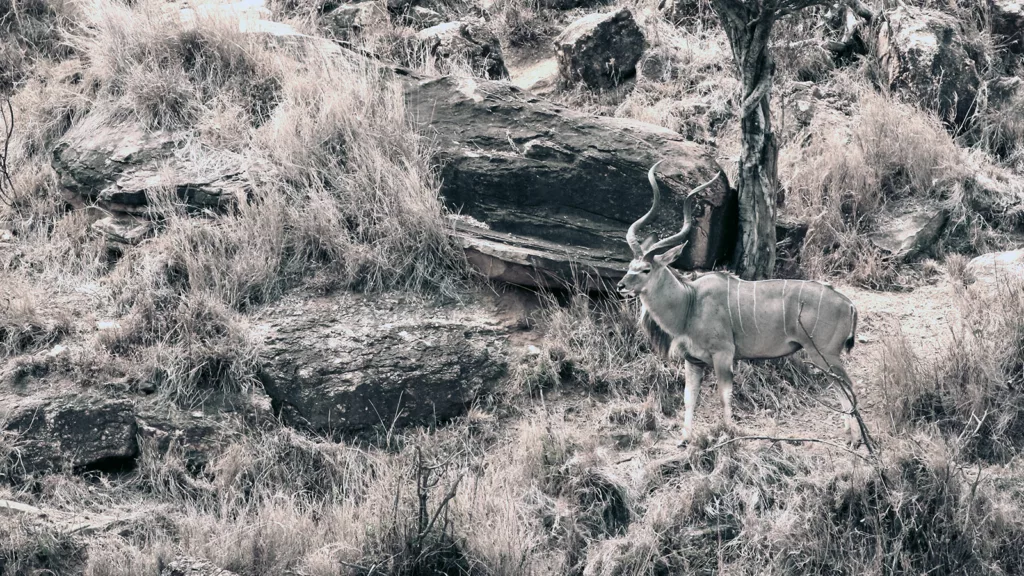Perched on the edge of an escarpment, Loisaba Tented Camp offers a unique vantage point with breathtaking views across the Laikipia plateau to Mount Kenya.
This is a simple but comfortable lodge. The main areas of Loisaba Tented Camp include a large open dining area, a separate open lounge and bar, a large wooden decking area for outside dining, and the infinity pool has views that stretch for miles and provides a welcome spot to cool off in the heat of the day staff is friendly and helpful, and the food is good.
The twelve rooms at Loisaba Tented Camp are a blend of comfort and modernity. There are eight standard tents (six doubles and two twins) and four family units, each formed by combining two tents connected by an outdoor path. The tents are spacious and airy, with an ensuite bathroom.
Loisaba Tented Camp offers day and night game drives, guided bush walks, mountain biking, and horse and camel riding.
Although it’s a bit bigger than many of the camps we use, we love to include it because we think that Loisaba Conservancy is one of the great conservation success stories. You have good chances of seeing leopards and, if you are very lucky, African Wild Dogs. They have recently reintroduced black rhinos to the Conservancy.
About This Area
Loisaba is a 56,000 acre wildlife conservancy and working ranch located in Northern Laikipia. The Ewaso Nyiro River and abundant permanent springs make Loisaba attractive to wildlife throughout the year. Laikipia is currently home to the largest population of elephant in Kenya, with Loisaba serving as a key migration corridor. There are chances of seeing lion, as well as the seldom seen Greater Kudu and Wild Dog, and endemic northern Kenya species such as the gerenuk and Grevy’s Zebra, alongside a wealth of other wildlife.
The Nature Conservancy facilitated the purchase of the property by the Loisaba Community Trust in 2015 and now works with them to run the conservancy. Together, they work with neighbouring communities to protect almost 15 million acres for wildlife, livestock, and the people who have traditionally lived there. They are creating jobs, schools, healthcare clinics, and managing grazing access for local communities.











